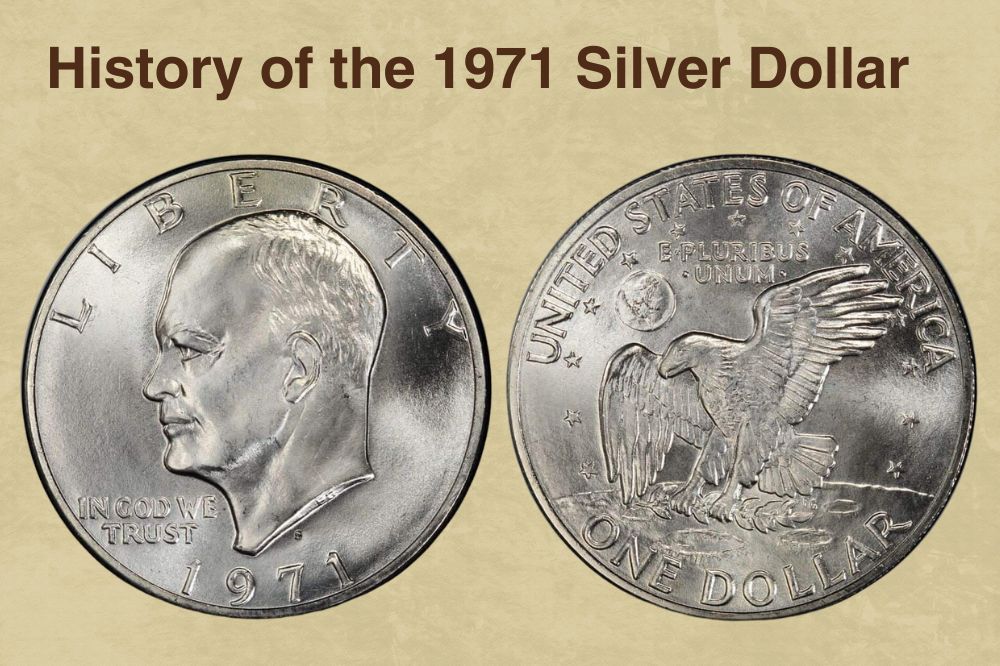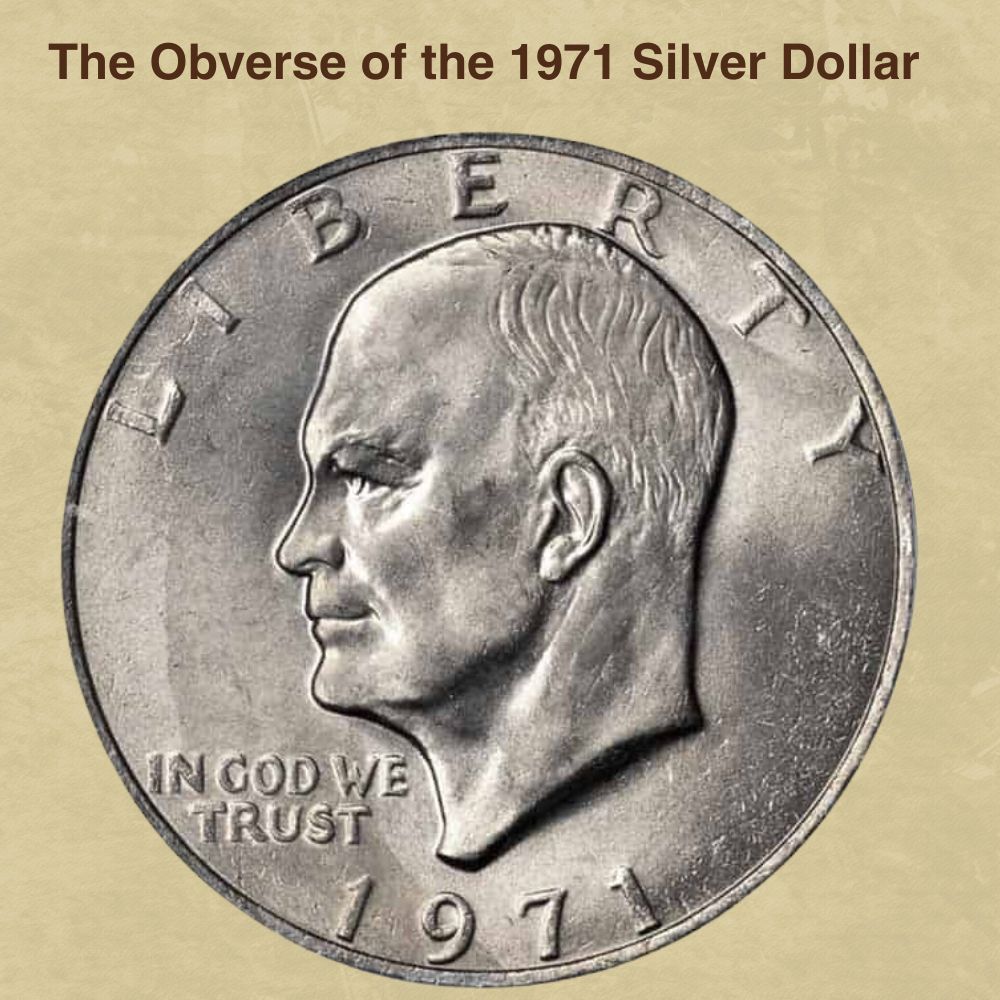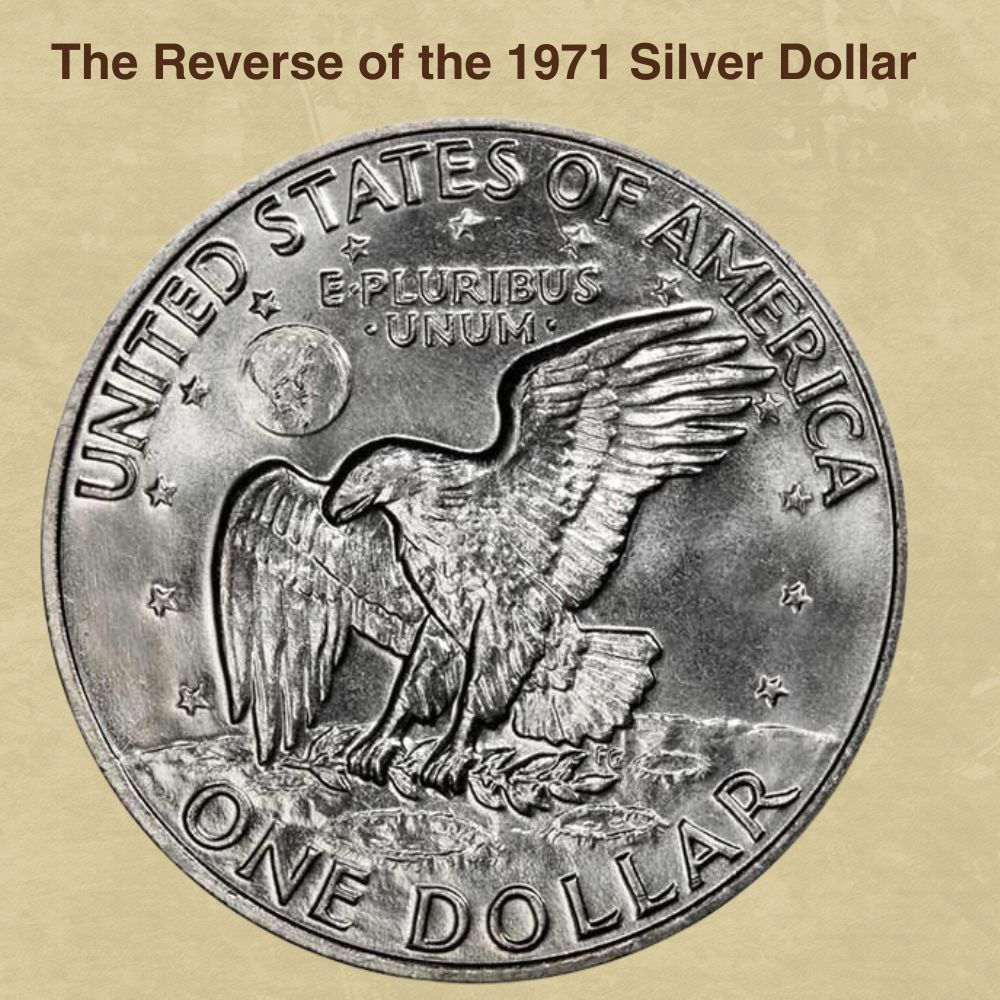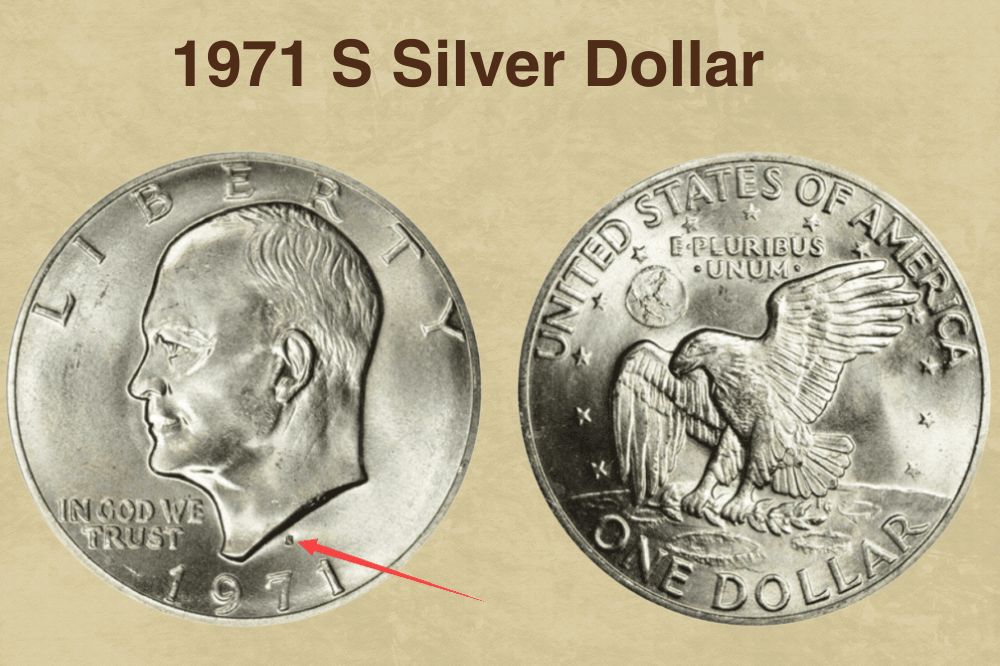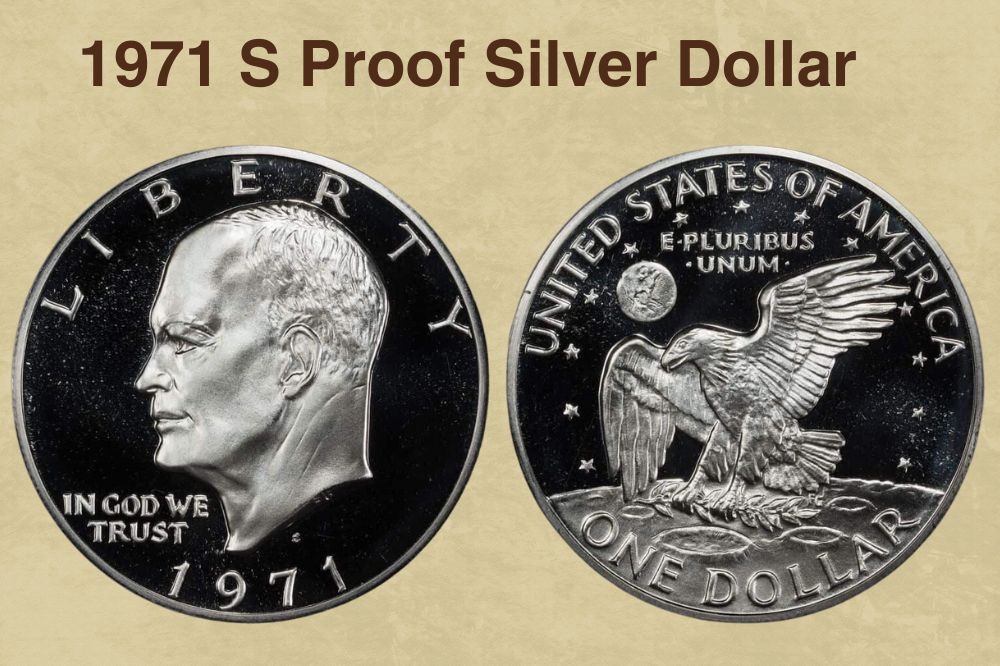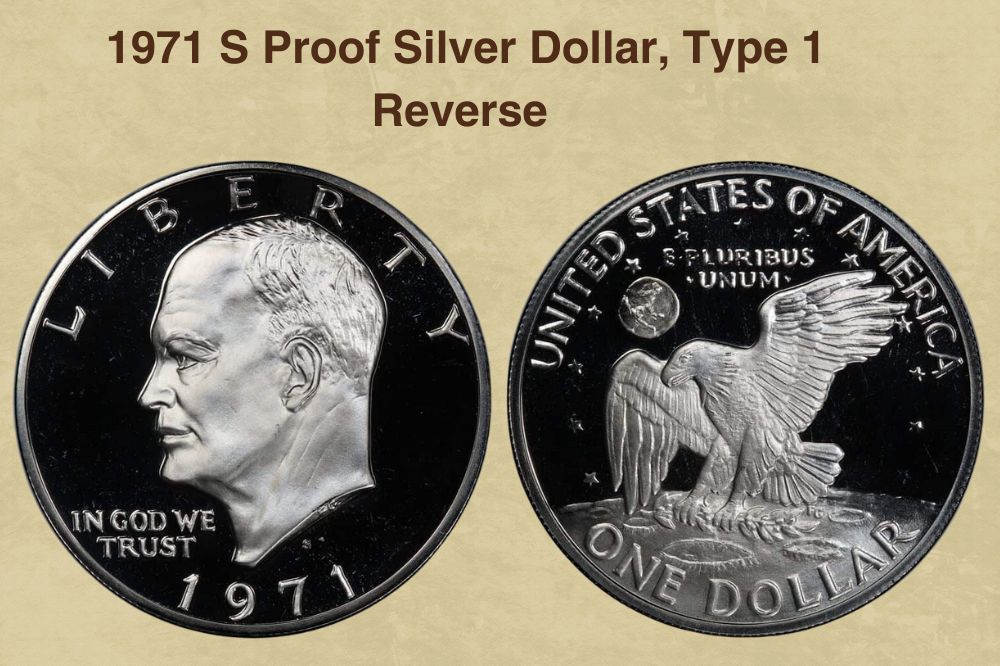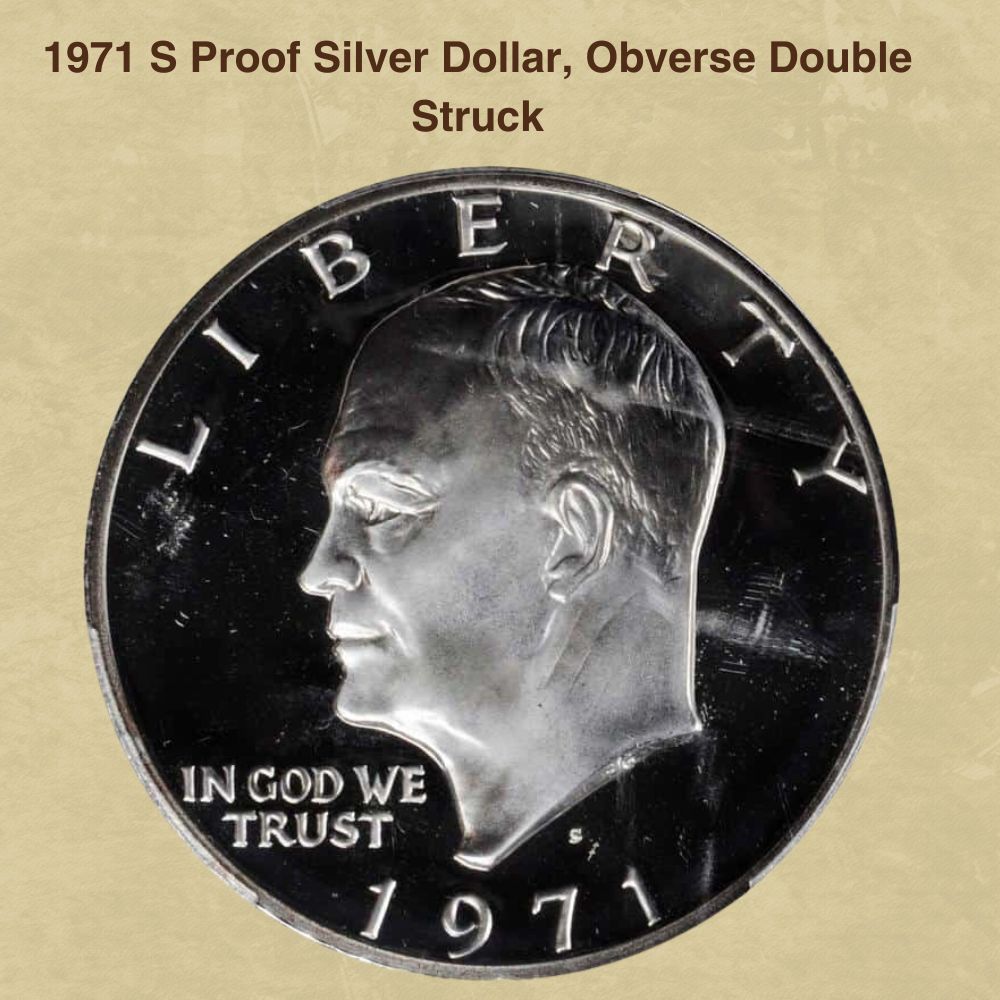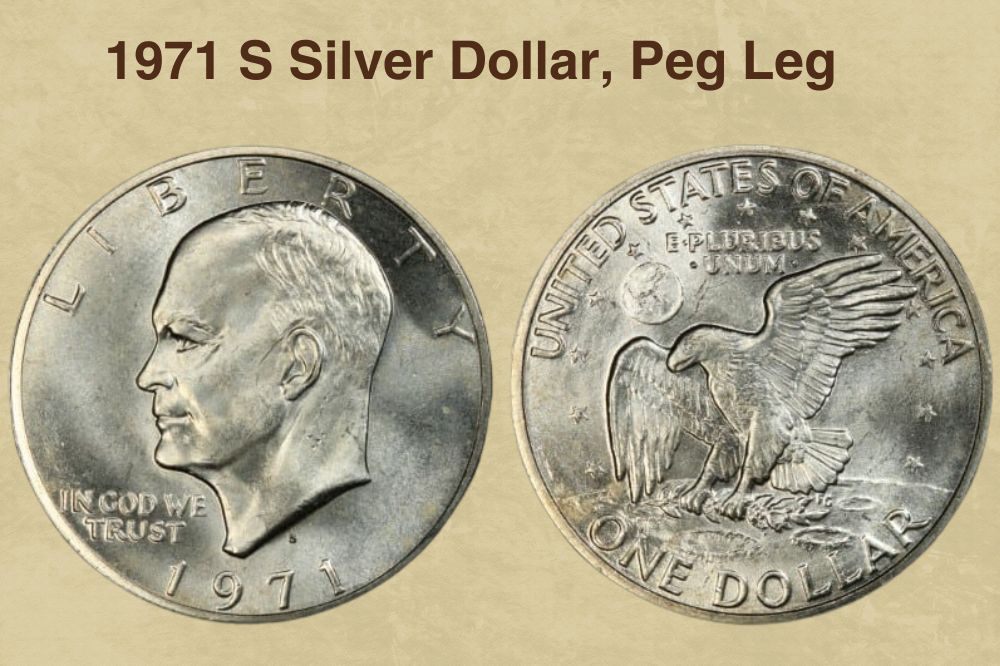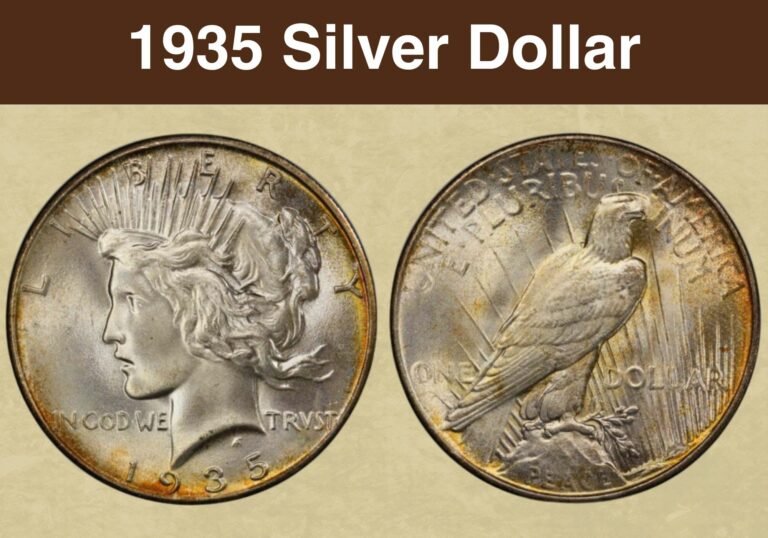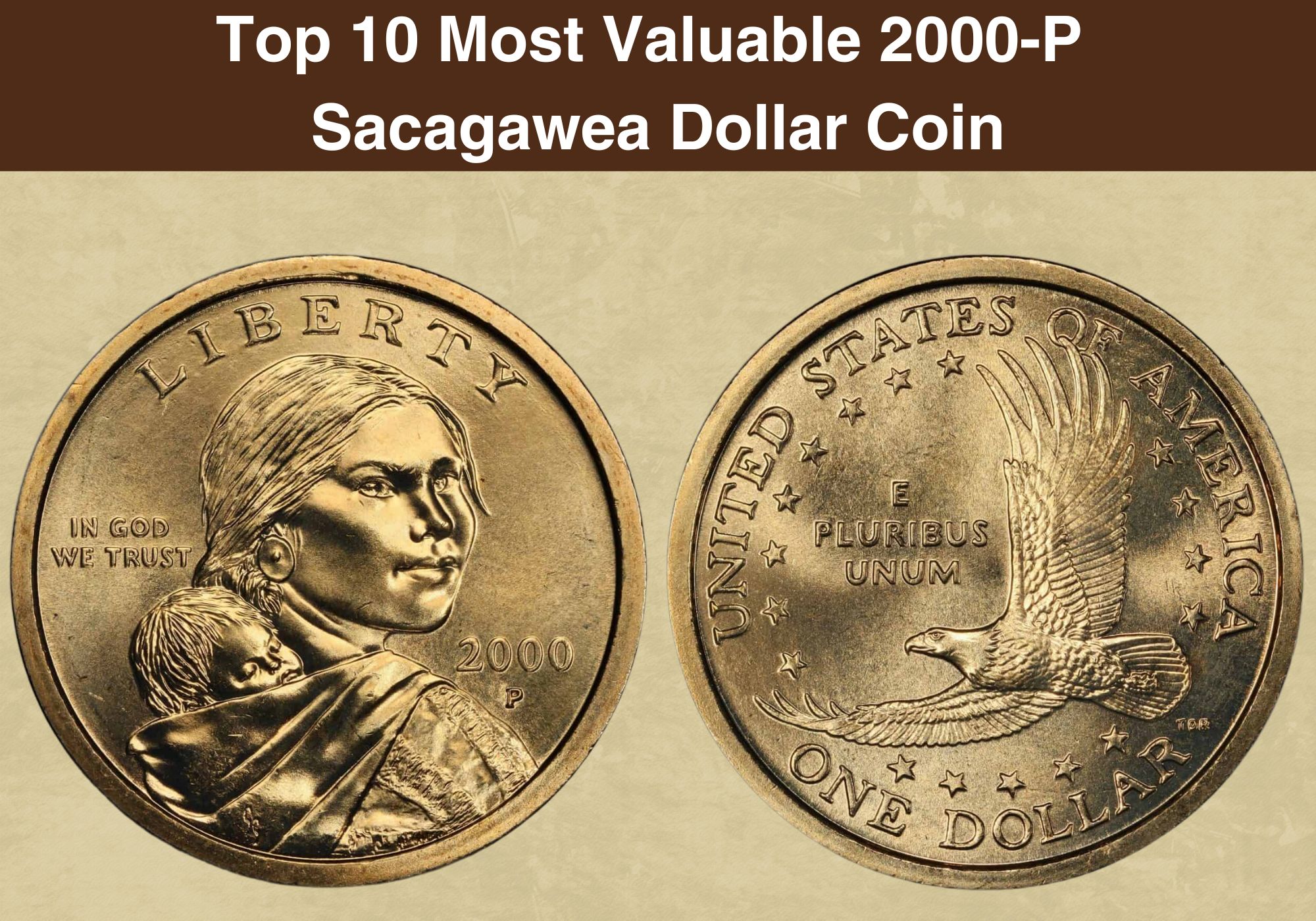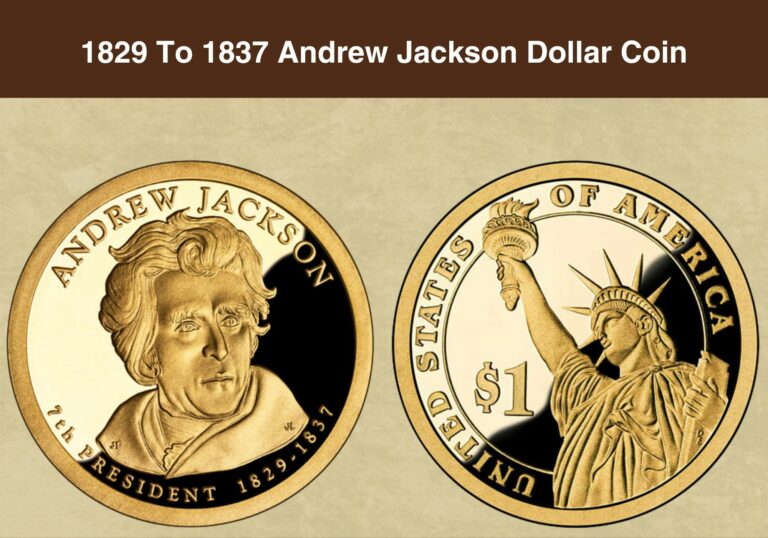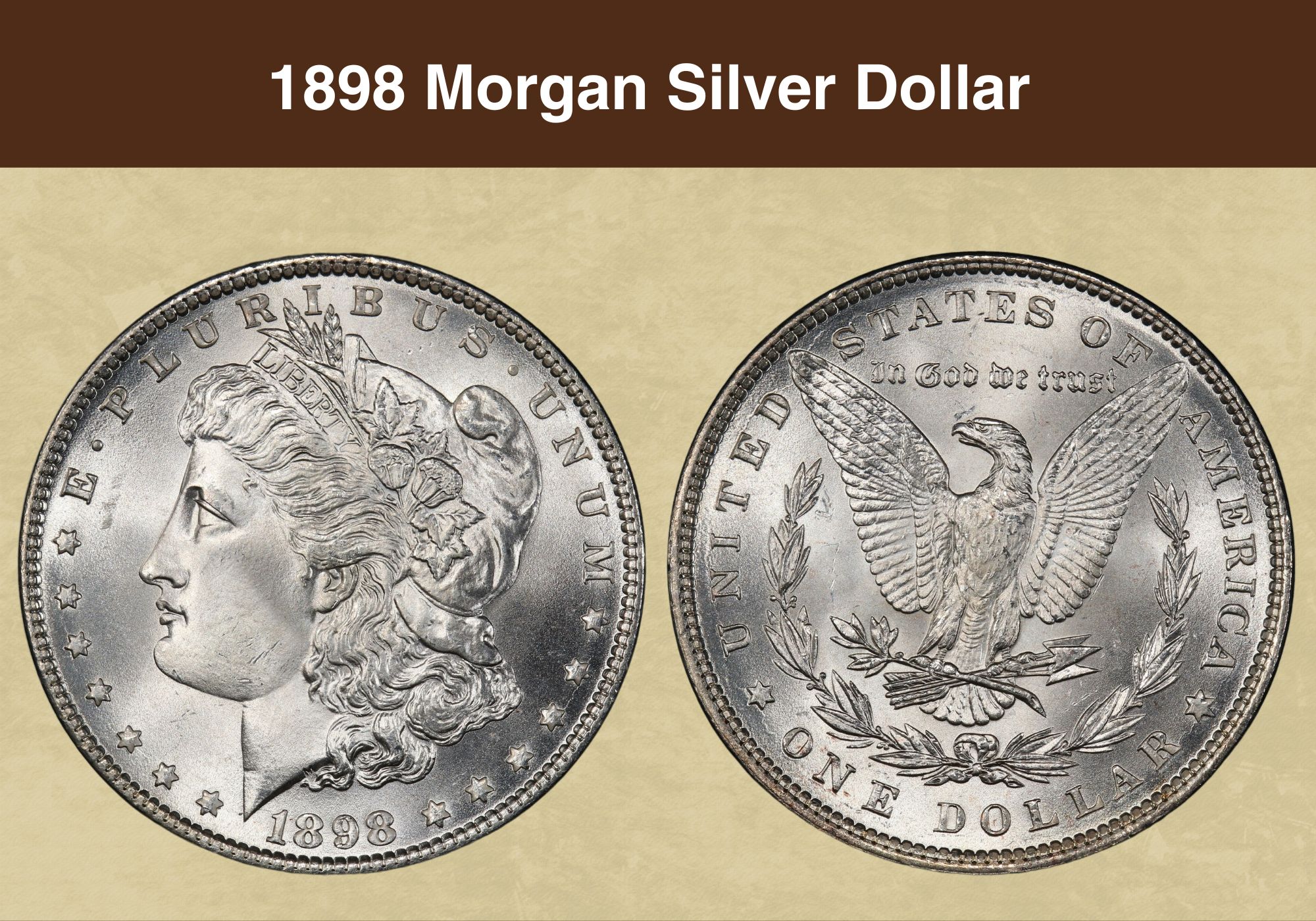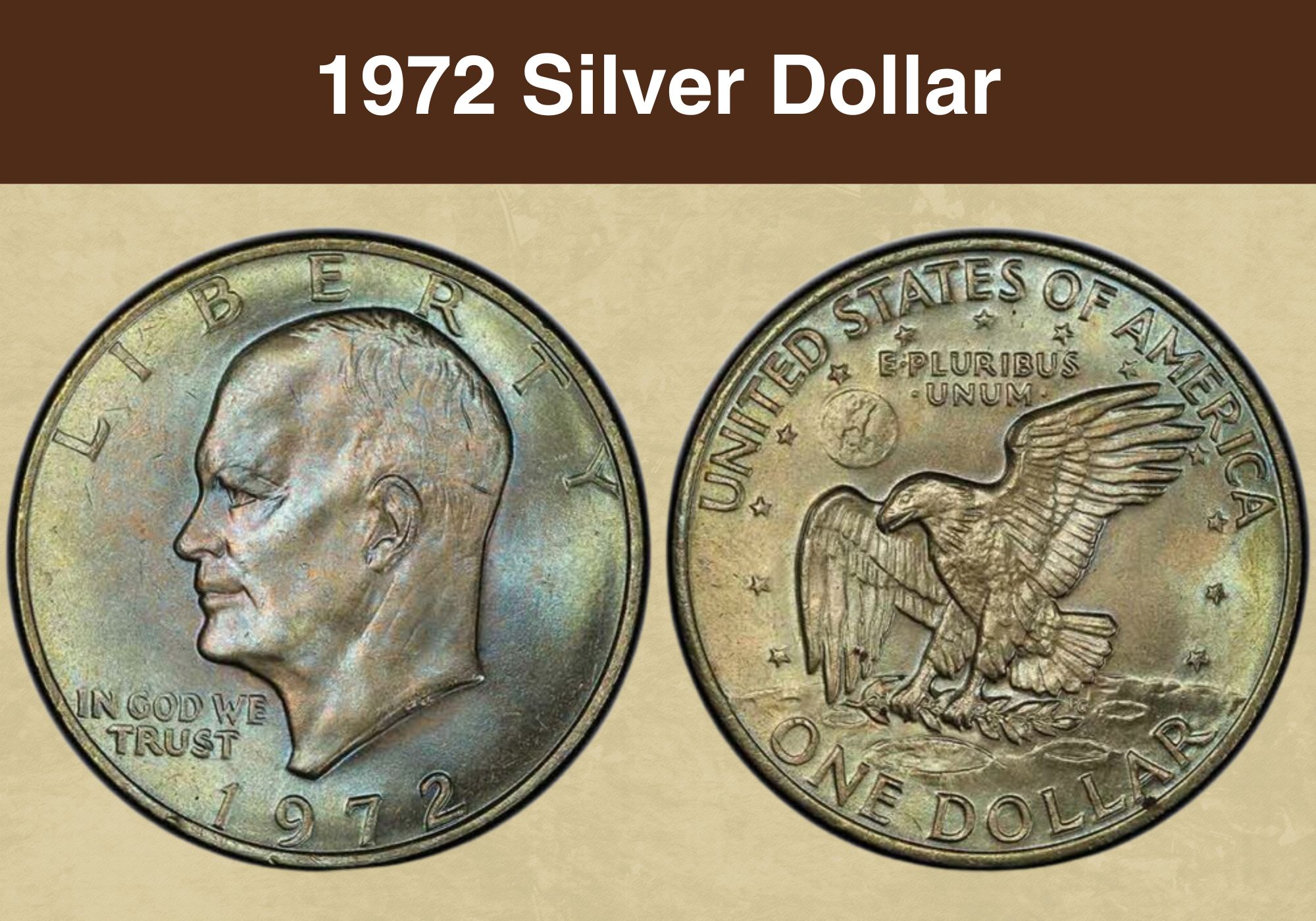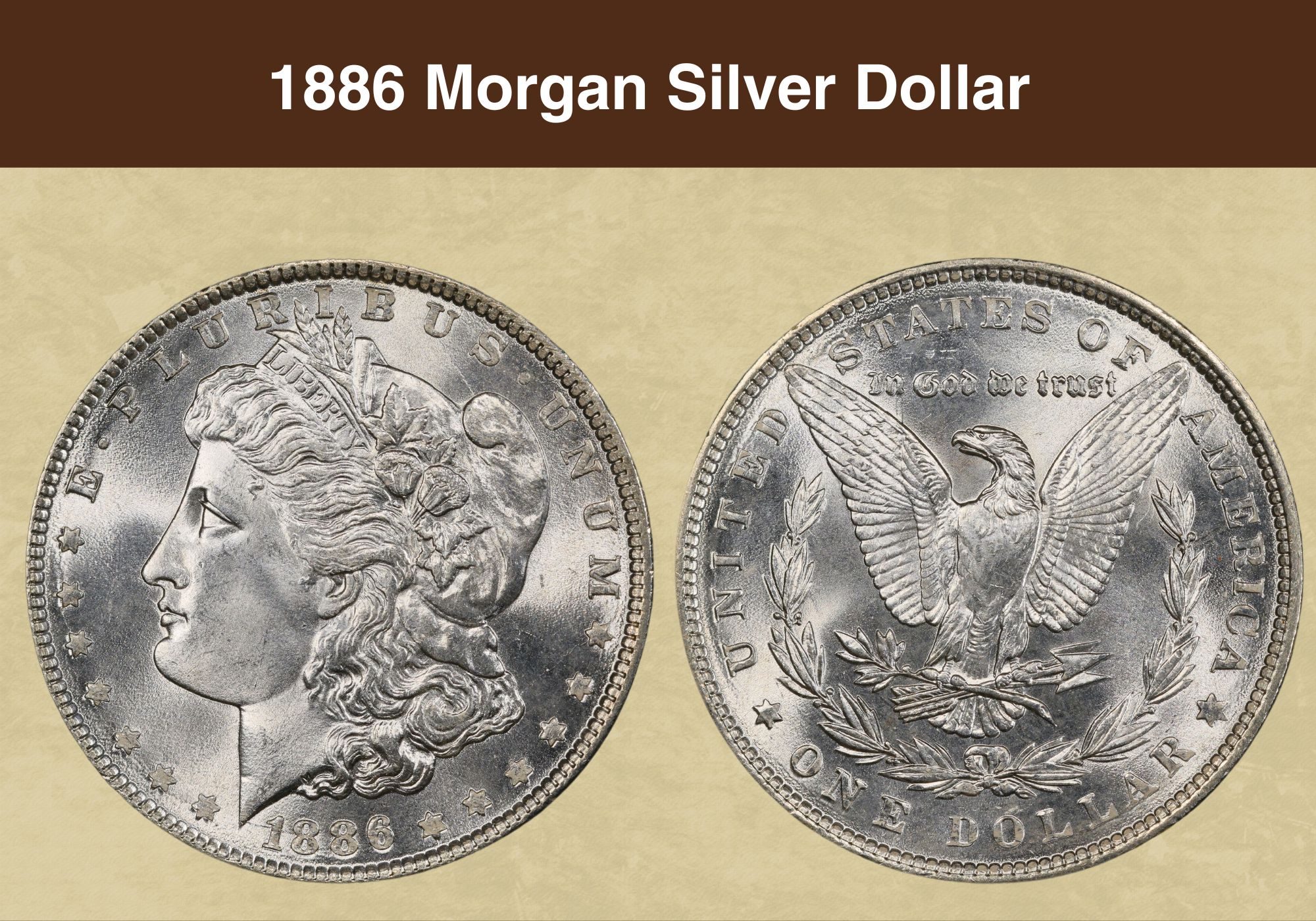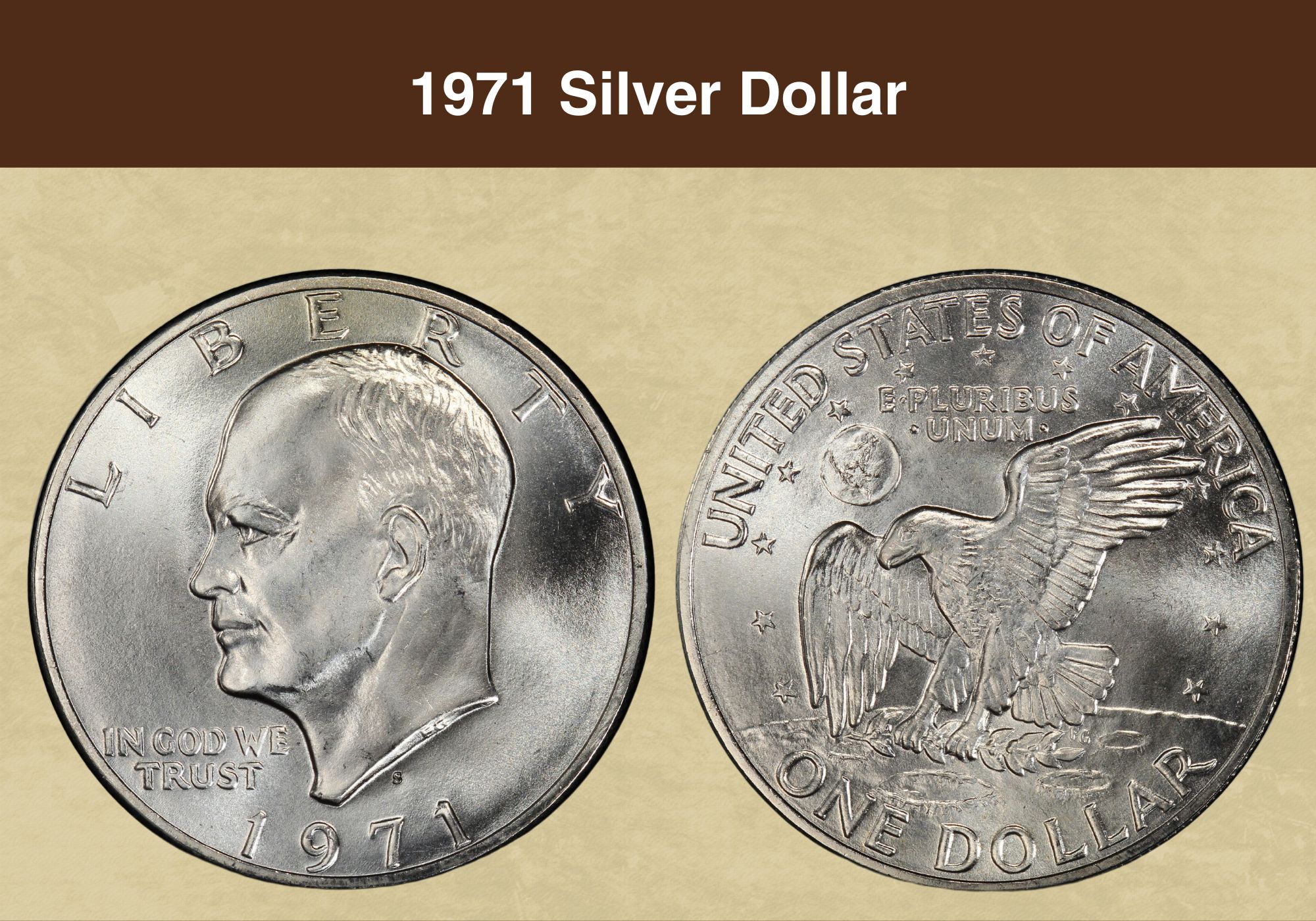
Coin Value Contents Table
- 1971 Silver Dollar Value Chart
- History of the 1971 Silver Dollar
- Features of the 1971 Silver Dollar
- 1971 Silver Dollar Value Guide
- 1971 S Silver Dollar Value
- 1971 S Proof Silver Dollar Value
- 1971 S Proof Silver Dollar, Type 1 Reverse Value
- 1971 Silver Dollar Grading
- Rare 1971 Silver Dollar Error List
- Where to Sell Your 1971 silver dollar ?
- FAQs
Are you interested in the 1971 silver dollar value? Then you’ve come to the right place!
We’re going to find out everything there is to know about this attractive and interesting coin. We’ll explore the different types of coins and Mint errors that are important to collectors. And we’ll learn about the difference the condition of a dollar coin makes to its value.
So if you’re ready, let’s get started!
1971 Silver Dollar Value Chart |
||||
| Mint mark and variety | Extremely fine | MS60 | MS65 | MS68 |
| 1971 S Silver Dollar Value | $11 | $13 | $32 | $6,500 |
| PR60 | PR63 | PR66 | PR69 | |
| 1971 S Proof Silver Dollar Value | $9
Cameo: $10 Deep Cameo: $13 |
$12
Cameo: $14 Deep Cameo: $15 |
$15
Cameo: $17 Deep Cameo: $22 |
$22
Cameo: $35 Deep Cameo: $40 |
| 1971 S Proof Silver Dollar, Type 1 Reverse Value | n/a | n/a | n/a | Deep Cameo: $60,000 |
History of the 1971 Silver Dollar
1971 was a special year in the history of the silver dollar, as it saw the launch of the first ever Eisenhower dollars. These coins were so named because of the image of the former president which appeared on the obverse.
Well over 160 million Eisenhower dollars were struck at the Mint facilities in Philadelphia and Denver. Those coins were made of copper clad in nickel. But the dollar coins struck that same year in San Francisco were different.
They had a core that was mainly copper, with about a fifth of silver mixed in. For the cladding, the proportions were reversed – 80% silver and 20% copper. The result was a coin with an attractive silver color.
The unusual difference followed considerable debate over the right composition for the coins. Rising bullion prices meant that many in Congress felt silver should no longer be used. But others felt that using base metal instead would be an insult to Eisenhower’s memory.
The result was a compromise. The vast majority of coins were made from base metal, with a smaller number made using silver.
The San Francisco mint facility struck only silver coins, and produced both regular and proof dollars. There were over 6 million of the former, and 4 million of the latter.
The coins were designed by the Mint’s chief engraver, Frank Gasparro. The obverse featured a portrait of Eisenhower, based on a sketch made in in 1945. The reverse depicted an eagle and was based on a “mission patch” commemorating the Apollo 11 moon landing.
The Eisenhower dollar was issued for only a few years. Its size and weight meant it proved unpopular for everyday use, and most of the coins ended up in casinos. In 1979, it was replaced by the Susan B. Anthony dollar.
Also read: 12 Most Valuable One-Dollar Coin Worth Money
Features of the 1971 Silver Dollar
The Obverse of the 1971 Silver Dollar
Both sides of the 1971 coins were designed by Frank Gasparro, who was then the Chief Engraver at the Mint.
The obverse was based on a sketch Gasparro had made of Eisenhower in 1945. He had taken his likeness at a parade to mark victory in the Second World War. The head and neck of Eisenhower are shown, and he appears in profile facing left.
The word “LIBERTY” appears above the portrait, arching to follow the curve of the upper coin edge. To the left of Eisenhower is the motto “I N GOD WE TRUST”. The date, 1971, curves along the lower coin edge.
All the silver dollars were produced at the Mint facility in San Francisco (the Philadelphia and Denver mints struck the clad dollars). They all carry the “S” mint mark, which can be found just beneath the cut-off of Eisenhower’s neck.
The Reverse of the 1971 Silver Dollar
Gasparro based the reverse of the Eisenhower dollar on a “mission patch” produced to mark the Apollo 11 moon landing. The patch is often attributed to the astronaut Michael Collins, but was actually a collaborative effort involving Collins, James Cooper and others.
The design shows an eagle about to land on the moon, an olive branch in its talons. Part of the Earth is visible in the background.
The top three quarters of the design is surrounded by stars. Above them, the country name curves to follow the upper coin edge. The Latin motto “E PLURIBUS UNUM” is inscribed between the stars and the eagle.
Beneath the eagle, the denomination “ONE DOLLAR” curves parallel with the lower coin edge.
Other Features of the 1971 Silver Dollar
Each silver dollar measures 38.5 millimeters across and weighs 22.7 grams. Turn it on its side and you’ll see a reeded edge – a series of parallel grooves running at right angles to the coin face.
Reeded edges originally began to be added to coins back in the eighteenth century. The idea was to make it immediately obvious if the edges of the coins had been clipped to remove precious metal.
Although commonly referred to as a silver dollar, the outer layer also contains 20 per cent copper. The core is mostly copper – 79 per cent copper and 21 per cent silver.
This YouTube video from BigDCoins looks at the 1971 silver dollar, in particular the variety known as the “Friendly Eagle”.
Also read: 14 Most Valuable Coins In Circulation
1971 Silver Dollar Value Guide
1971 S Silver Dollar Value
Unlike the dollars minted in Philadelphia and Denver in 1971, those struck in San Francisco contain real silver. Their precious metal content means they’ll always have an intrinsic value linked to the price of silver. But are they worth anything more than that?
The answer depends on the quality and condition of the coin. Just under 6.9 million regular silver dollars were struck in San Francisco in 1971. And in most cases, the finer the coin, the rarer and more valuable it will be.
Regular strike silver dollars from 1971 in circulated condition are usually worth between $10 and $12. Coins with errors are an exception, and can be worth more.
Coins graded at the very lowest levels – 1 or 2 – carry a premium. Some collectors specialize in these, and the PCGS values a 1971 S silver dollar graded 2 at $110.
In uncirculated condition (known as “mint state”), values start at around $13 for a coin graded MS60. The modest price tag reflects their relative abundance. The Mint issued lots of these coins for collectors, so they’re fairly easy to find.
At MS65 – the lowest grade awarded to “gem quality” coins – the value rises to $32. Values remain in double digits up to MS66. A coin graded MS66+ is worth around $140, while one graded MS67 is around $285.
From there, values rise steeply. At MS67+, the figure is $3,150. That’s because over a thousand coins have been graded MS67, but only seven have been assessed as MS67+.
The PCGS has certified another seven coins at MS68, and it values these at $6,500. Only one finer example is known to exist. That’s graded MS69. It’s never been sold, and the PCGS doesn’t hazard a guess at its value.
1971 S Proof Silver Dollar Value
Over 4 million proof silver dollars were produced in 1971 at San Francisco. So while the numbers are lower than the mintage of regular silver dollars, they aren’t rare.
The nature of proofs also means they’re easier to find at high grades.
They were made to high standards, using finely polished planchets and specially prepared dies. They were targeted at coin collectors, which means that most were looked after carefully. And that means that today, there are still lots of good quality coins available to the market.
This keeps a lid on values. A proof 1971 silver dollar graded PR60 is worth less than $10. And even at the very highest grades, values are modest.
The finest examples graded by the PCGS are PR69. Well over 100 coins have made this grade – and chances are, there are plenty more out there. Today, the PCGS values them at just $22 each.
1971 S Proof Silver Dollar, Type 1 Reverse Value
The reverse of the 1971 proof dollar shows the Earth in the background – but the details aren’t the same on all coins. There are two distinctive versions, known as type 1 and type 2.
The design on the type 1 dollar coin is in lower relief than the type 2. There’s more detail on the breast feathers of the eagle. And if you look at the surface of the Earth, you’ll see the Caribbean islands are clearly delineated.
Most of the coins known to exist are type 2. Indeed, it’s so common that it’s rarely even mentioned in coin descriptions.
But coins with the type 1 reverse are considerably rarer. In fact, only three have so far been graded by the independent coin assessors, the PCGS.
These include a cameo graded PR67. A cameo is a proof coin with an attractive contrast between glossy fields and frosted design elements.
A few deep cameos – coins with exceptional contrast – are also known to exist. These include four coins graded PR68 and valued by the PCGS at $35,000 apiece. But the finest known example is graded PR69. The PCGS values that silver dollar at $60,000.
Also read: Top 10 Most Valuable Morgan Silver Dollar Worth Money
1971 Silver Dollar Grading
Rare 1971 Silver Dollar Error List
1971 S Proof Silver Dollar, Obverse Double Struck
Sometimes a planchet is struck more than once by the same die. And if it moves between strikes, you’ll see a doubled image. That’s what happened with one 1971 silver dollar, which was struck twice by the obverse die.
As a result, it was possible to make out the word “WE” (part of the motto “IN GOD WE TRUST”) at the base of Eisenhower’s neck. And a second outline of Eisenhower’s head could be seen too.
The coin was graded PR63 by the independent coin graders ANACS. Without the error, it would have been worth about $12. But with it, it sold at auction for over $4,000.
1971 S Silver Dollar, Peg Leg
Amongst the dollars struck in San Francisco in 1971 are those known as “Peg Legs”. The name refers to the appearance of the letter “R” in “LIBERTY”.
It resulted from the obverse die having been over-polished. The serif (the pointy flourish) that should have appeared at the bottom of the “R”, was rubbed away. As a result, the stem of the R has a square bottom – a peg leg.
You’ll need a microscope or coin loupe to spot this, but it’s worth looking for. The PCGS lists this error as a separate variant, with the code FS-401. Values range from around $10 to $40 for circulated coins, depending on their condition.
A mint state coin graded MS60 is worth $50, increasing to $110 at MS65. And the finest known example is graded MS68 and worth around $6,750.
1971 S Silver Dollar, Re-punched Mint Mark
Some of the 1971 silver dollars struck at San Francisco had their mint marks re-punched. Look closely at the “S” that appears above the date to spot a second “S”. (You’ll definitely need a loupe or microscope for this.)
A coin with this error, graded MS67 by the PCGS, sold at auction for over $8,000.
1971 S Silver Dollar, Double Die
Double die errors occur during the manufacture of the dies used to strike the design onto the planchets. These have to be struck several times to capture all the detail. If the die moves between strikes, there’ll be a double image which is then transferred to the coins.
1971 silver dollars include examples of errors on both sides. And the better the condition of the coin, the more it will be worth.
One deep cameo proof coin with a double die error on the obverse, graded PR67 by the PCGS, sold at auction for over $1,400.
This YouTube video from Couch Collectables shows all these errors in detail.
Where to Sell Your 1971 silver dollar ?
Now that you know the value of your coins, do you know where to sell those coins online easily? Don’t worry, I’ve compiled a list of these sites, including their introduction, pros, and cons.
Check out now: Best Places To Sell Coins Online (Pros & Cons)
FAQs
What makes a 1971 silver dollar rare?
Although fewer silver than nickel-clad dollars were produced in 1971, that doesn’t make them rare. Both regular and proof coins are readily available at most grades.
But coins with the Type 2 reverse are a whole lot rarer. They can be identified by the clearly defined Caribbean islands on the surface of the Earth. Error coins can be both rare and valuable too.
Is a 1971 silver dollar real silver?
1971 dollar coins from San Francisco are called silver. But while they contain precious metal, they’re not pure silver.
The core is made from 79% copper and 21% silver. That’s clad in an outer layer comprised of 80% silver and 20% copper. The combination gives the whole coin a total silver content of 40%.

